Season 3 Episode 3 TranscriptWe know it can be really helpful to talk about who exactly needs pelvic floor support, because there's classic pelvic floor dysfunction issues. But there's also less obvious, or less common things that come up with less optimal pelvic floor positioning and support as well. So, while you might not actually have full blown pelvic floor dysfunction, a lot of things, including the last year of the pandemic, has been pushing people over the edge into less common pelvic floor issues. So that's are going to talk about today so you can figure out whether or not that means you.
So who needs pelvic floor support beyond people with classic pelvic floor dysfunction issues? My argument is going to be almost everybody, but that doesn't mean that it has to be intense, or overwhelming to fix some of these patterns and these habits that we have that are causing some of our problems. First, a classic pelvic floor dysfunction is going to look like some of these things: It's going to be stuff like sneeze pee or exercise pee or laugh pee. These are examples of what's called stress incontinence. It's when you can't hold your urine when your bladder is under stress, like when you sneeze, like when you jump on a trampoline, you’re doing jumping jacks, or when you run. There's also urge incontinence, which is when you feel like or maybe you actually can't hold it. When you suddenly have to go and there's no option insight, but to get yourself to a bathroom. Stress incontinence and urgent condoms are classic pelvic floor dysfunction symptoms. Some people experience pressure or a heavy, dragging feeling in the pelvic bowl. You might be experiencing prolapse. Prolapse is when organs, start to fall down. In the very worst stages of prolapse, things are actually starting to fall out. But that initial stage where things start to sag and start to fall is also a pelvic floor dysfunction symptom. Things like abdominal separation. This is called “die-ah-STAY-sis” or “die-ASS-tah-sis,” depending on how it's pronounced by the people talking to you. So Diastasis Recti is an abdominal separation that happens most often in childbirth. But you don't have to be bearing a child to put enough pressure on your abdomen for separation to happen. So that separation can happen through lots of other stressful strenuous means. And also hiatal or abdominal hernias or classic pelvic floor dysfunction symptoms. Now, you might not be experiencing any of those or you might think, well maybe but it's not enough to really be going on with. There's also less obvious, and less commonly talked about symptoms that you can experience that ultimately lead back to a misaligned or an unsupported pelvis.
These are things that definitely can cause a lot of discomfort, even pain, and lack of quality of life that can have lots of reasons for them- lots of root causes- but a pelvic floor fix is often a majorly necessary first step to repairing any of them. So people who might want to be on the lookout for having some pelvic floor support work happening in their lives include people who sit a lot. When you sit there's a bunch of things that can happen. You might be not sitting on your sits bones, sitting on your tailbone instead. And that's going to cause all sorts of misalignments in both the muscles and the bones. Also when you sit, your front of the hip muscles get really short and then when you stand up, now your pelvis gets pulled out of alignment because those muscles don't link, and as long as they need to. People who stand a lot also need to be on the lookout for these types of pelvic floor issues because usually when we stand still, we're throwing out a hip, we've got feet crossed and one in front of the other- we don't tend to stand in a perfectly aligned parallel position. And that builds up a habit of having the pelvis out of alignment. People who run are also going to want to make sure that their pelvis positioning is nice and square, because otherwise you're going to be leading to asymmetries in your muscles and your bones, and also a potential for things like low back pain if stuff is tucked in a direction it shouldn't be. People who hike a lot as well, because as you're going up and down hills, up and down rocks around trees, the ability to maneuver and be nimble on your feet is coming from your center of balance, which is in and around the pelvis. And also people who play sports like golf and tennis, because they tend to be inherently a symmetrical sports. You're always lining up your golf swing and twisting in the same direction, try hitting it from the other side it's going to be really difficult. Same thing with tennis players- you have a dominant arm, and that's the one that's going to be using all of the force. So, that tends to build asymmetries, through the rest of your body and that impacts your pelvis as well. So these are just some samples of what are classic pelvic floor issues, less obvious pelvic floor issues, and the activities that people might be doing that could lead to some different types of pelvic floor issues. Yes, I do teach pelvic floor support work. But I’m also launching a patron account so people can become members at a low cost per month, to my additional content. So I'm going to be extending the discussion from this podcast into more specifics about what is causing some of these less obvious problems and how you can start to adjust for that, inside of my membership. It's not a good idea for me to be sort of generally giving advice like that open on a podcast, on a blog post, because people can do very inappropriate things with that type of information, but on the inside of a membership, that's where we can start to get more direct and more specific. So head on over to my website paulasherbals.com. Check out how to become a patron, and what the two different tiers of my membership look like. And if you'd like to have some more information about what's going on and how to adjust your life habits to prevent and reverse some of these issues, you'll be able to do that right there. Listen Here
0 Comments
Your comment will be posted after it is approved.
Leave a Reply. |
Fun Fact: I'm an herbalist and a movement coach. Not a doctor, or a pharmacist, and not pretending to be one on TV.
This is a public space, so my writing reflects my experiences and I try to stay general enough so it might relate to you. This does not constitute medical advice, and I encourage you to discuss concerns with your doctor. Remember, however, that the final say in your wellness decisions are always yours- you have the power to choose, you are the boss of you. And, some of my posts may contain affiliate links. If you make a purchase through them I'll earn a few cents. Thank you for supporting my work. This website is provided for educational and informational purposes only and is not medical, mental health or healthcare advice. The information presented here is not intended to diagnose, treat, heal, cure or prevent any illness, medical condition or mental or emotional condition. Working with us is not a guarantee of any results. Paula Billig owns all copyrights to the materials presented here unless otherwise noted. Categories
All
Archives
July 2021
|
|
info @paulaswellness.com |
DisclaimerThis website is provided for educational and informational purposes only and is not medical, mental health or healthcare advice. The information presented here is not intended to diagnose, treat, heal, cure or prevent any illness, medical condition or mental or emotional condition. Working with us is not a guarantee of any results. Paula Billig owns all copyrights to the materials presented here unless otherwise noted. |


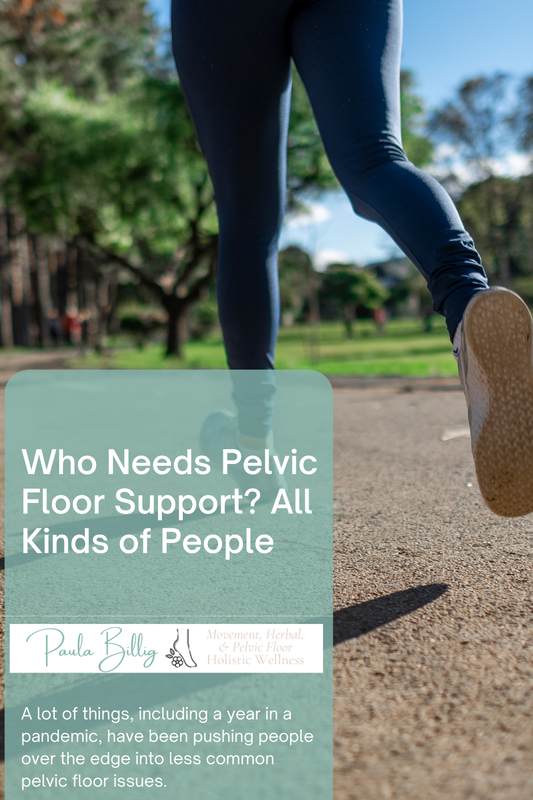
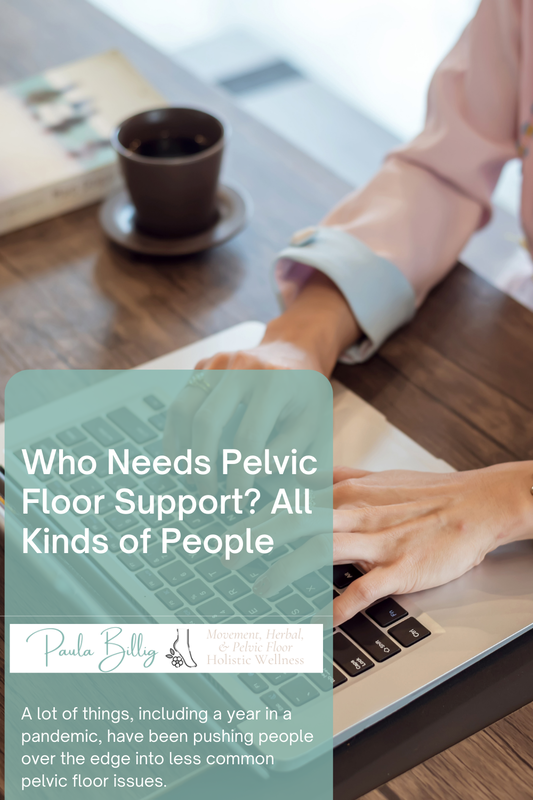
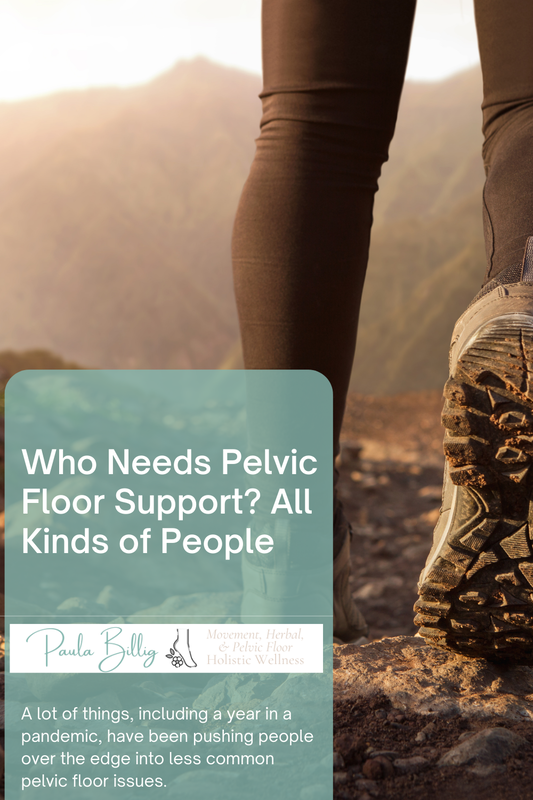
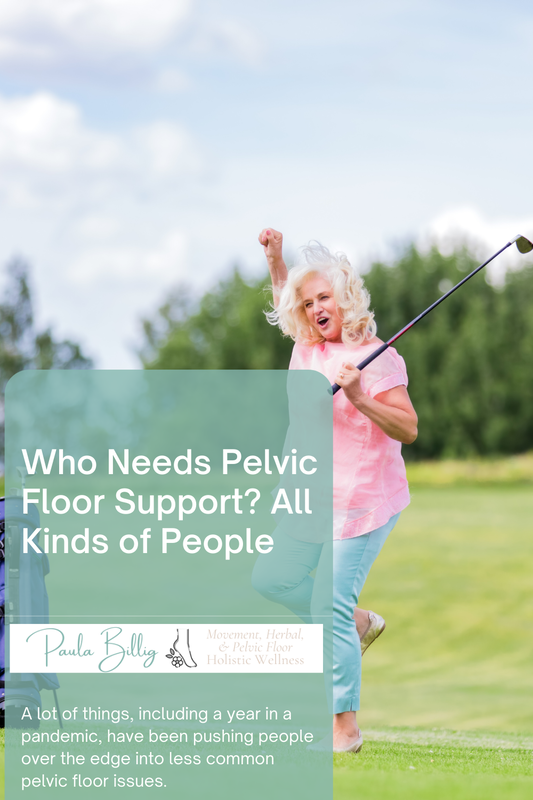
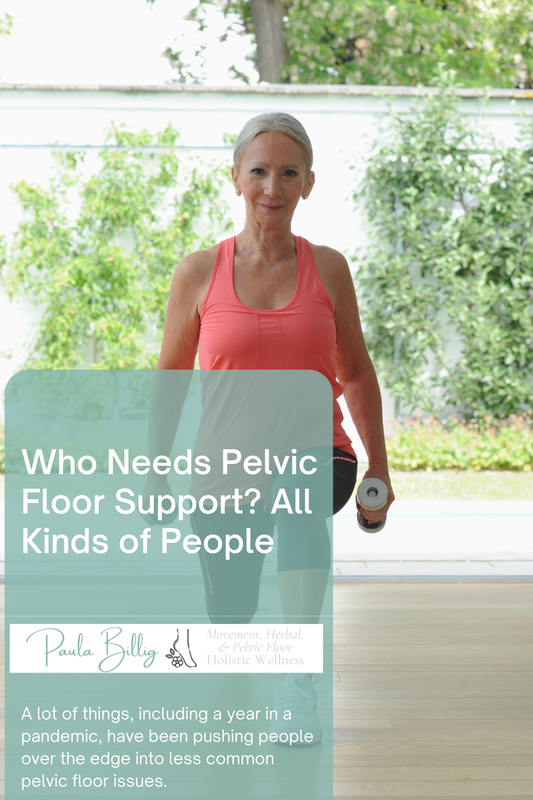
 RSS Feed
RSS Feed

